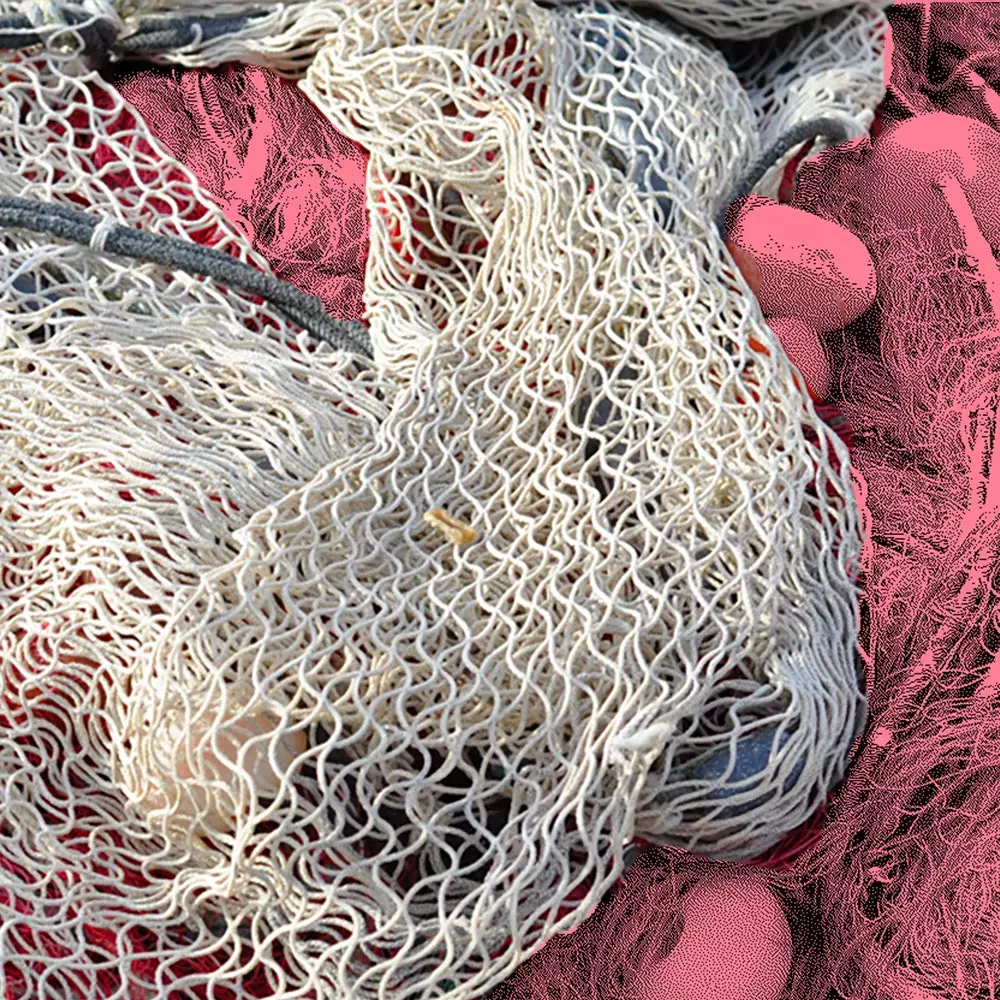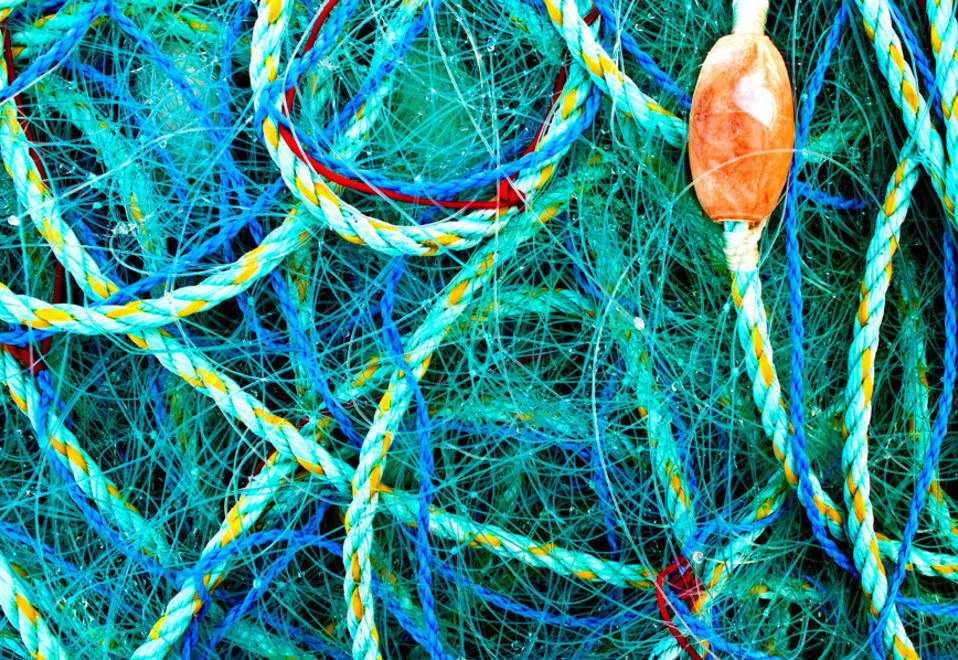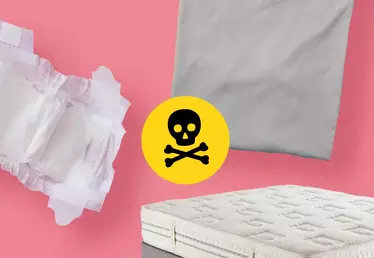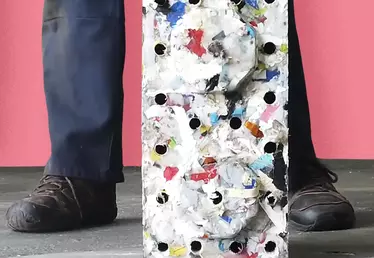

Hero banner custom title
Econyl, an infinitely recyclable nylon yarn
3 min
Aquafil produces recycled nylon 6 from waste and in particular from worn or abandoned fishing nets. The company has built an international collection network that allows it to infinitely regenerate this recyclable material.
In 2011, Aquafil, an Italian company specializing in polymer manufacture, decided to launch an ambitious project to recover and "regenerate" old nylon. The goal was to produce recycled nylon with the same characteristics and qualities as virgin nylon. The result? Econyl, a textile fiber for use in sportswear, swimsuits and even floor coverings. Econyl has been adopted by several major brands in the fashion and interior design industries.
Opening its site in Trento in north-east Italy in 1969, Aquafil has now been producing nylon for fifty years. More specifically nylon 6, which is special because it can be depolymerized and re-polymerized without any loss of quality. And that means nylon 6 is infinitely recyclable! An "eternal" material is great, but you still have to get hold of enough of it to satisfy demand. After developing a complex recycling process to maintain and even increase the quality of nylon (Giulio Bonazzi, the CEO of Aquafil, prefers to talk about "regeneration"), the challenge was establishing a reliable supply chain to ensure the continuity of Econyl production.
So Aquafil launched a recovery program, "Econyl Reclaiming Program" in collaboration with client companies, institutions, NGOs and public-private consortia. This international waste collection network focusing on waste composed wholly or in part of nylon 6 has made it possible to build a supply chain. Thanks to this network, not only can customers return their end of life products but the company has a source of a large quantity and variety of nylon waste from all over the world: fabric scraps, clothing, old rugs and carpets, fishing nets etc.
Freeing the oceans from fishing nets

Among the different sources of waste, Aquafil particularly concentrates on recovering worn or abandoned fishing nets from the oceans. According to a report by the United Nations Food and Agriculture Organization (FAO) and the United Nations Environment Program, equipment abandoned in the oceans - including nylon fishing nets - account for 10% of all marine waste.
The company has established several partnerships to reduce the impact of these nets on marine life.
It thus participates in the Net-Works initiative which collects used fishing nets in the Philippines and Cameroon in cooperation with local fishing communities and transforms them into carpet tiles. It also co-created Healthy Seas, recovering abandoned nets from the North Sea, the Adriatic and the Mediterranean.
Photo credits © Getty Images











